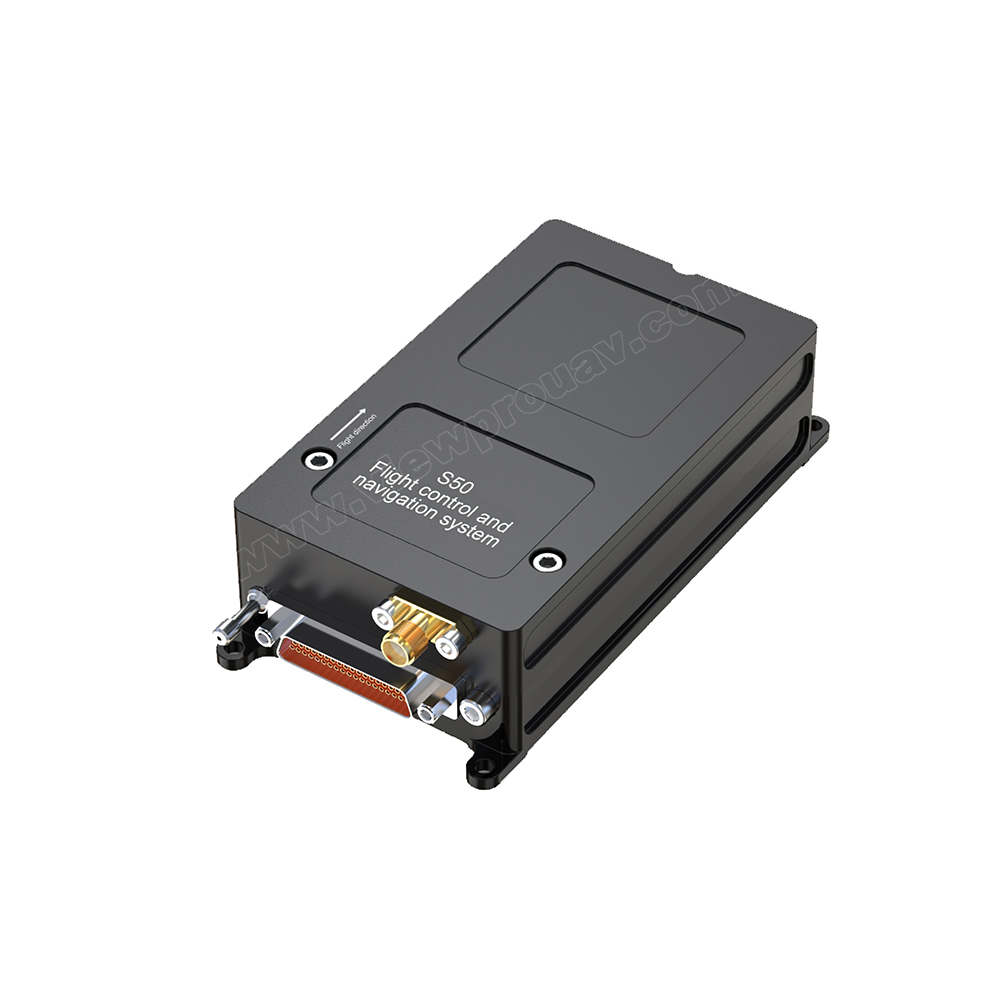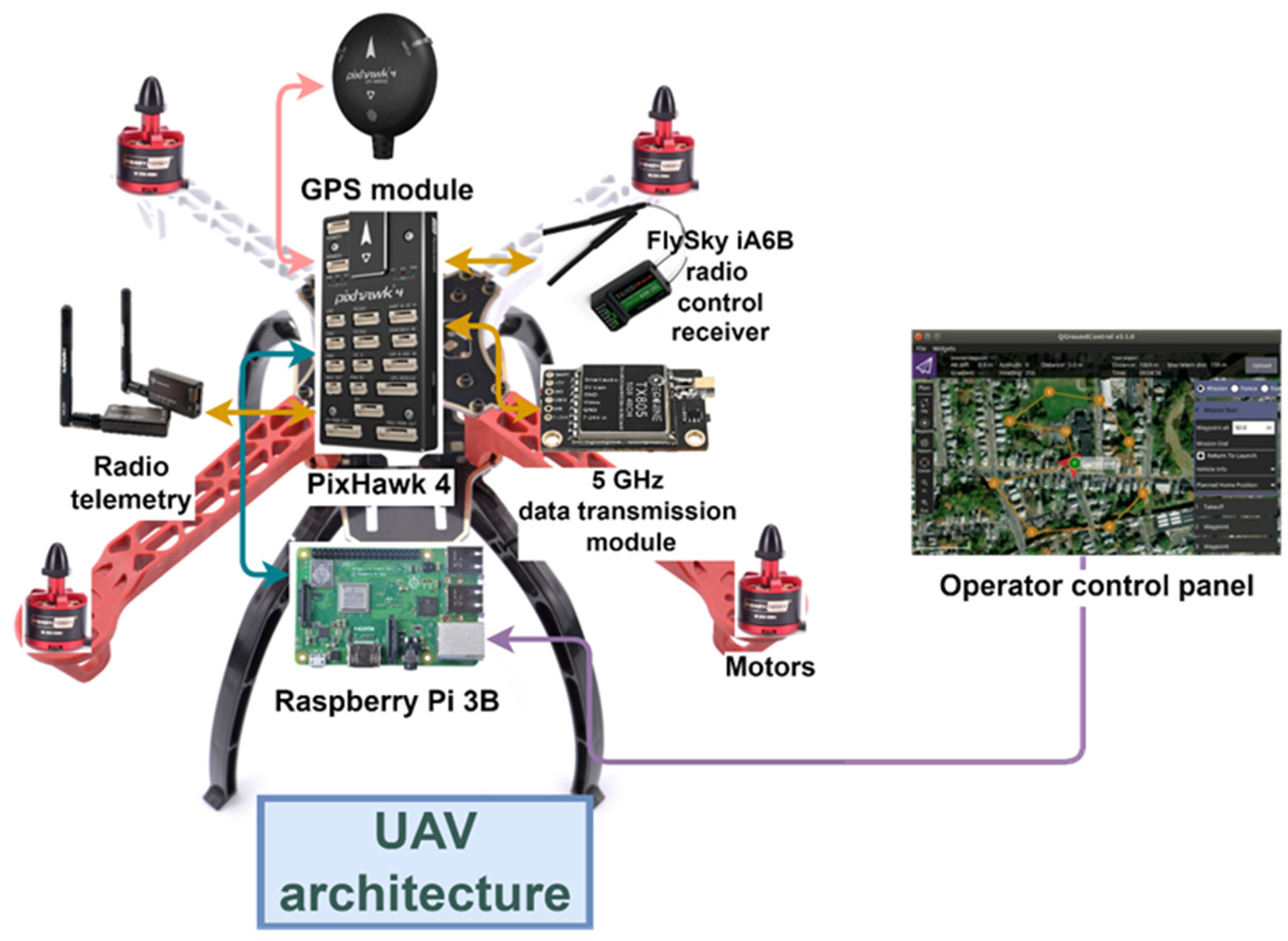Discovering the Function of Drone Flight Controllers in Enhancing Flight Security and Navigating Efficiency
The innovation of drone innovation has actually significantly raised the relevance of flight controllers, which serve as the mind of these airborne automobiles. By incorporating real-time information from a selection of sensing units, flight controllers enhance trip stability and navigating efficiency, making sure that drones can run efficiently even in complex settings.

Understanding Trip Controllers
Trip controllers are important components in the performance of drones, working as the minds that maintain and take care of flight operations. These innovative devices process data from various sensing units, including accelerometers, gyroscopes, and GPS, to guarantee that the drone maintains its designated trip path. The trip controller translates this information and performs commands based on pre-defined algorithms, allowing the drone to reply to ecological changes, such as wind or barriers.
The primary function of a flight controller is to keep security during trip. It attains this by making real-time modifications to the drone's electric motors and control surface areas, ensuring equilibrium and control. Furthermore, modern flight controllers include advanced attributes such as waypoint navigating, permitting automated trip paths and improved operational performance.
Understanding the architecture of flight controllers is critical for both hobbyists and professionals. As innovation advances, trip controllers have ended up being much more qualified and compact, incorporating synthetic intelligence to adapt and improve decision-making processes to complex flight scenarios.
Key Elements of Flight Stability
Achieving optimal flight security in drones counts on a number of key elements that function in performance to make sure controlled and smooth operations. Central to this security is the flight controller itself, which refines data from various sensors to maintain the preferred trip perspective. This includes accelerometers and gyroscopes that gauge motion and orientation, permitting real-time adjustments to the drone's position.
An additional important component is the digital speed controllers (ESCs), which control the power delivered to the electric motors. By finely tuning electric motor rates in action to trip controller commands, ESCs aid keep equilibrium and neutralize disruptions triggered by wind or sudden motions.
In addition, the style of the drone's frame plays a pivotal role in flight security. A well-structured frame decreases resonances and enhances the total aerodynamic profile, adding to smoother flight characteristics. The integration of advanced formulas within the trip controller aids in predictive modifications, guaranteeing a receptive and versatile flight experience.
With each other, these elements create a cohesive system that improves a drone's stability, permitting for exact handling and boosted performance in various trip problems.
Navigation Effectiveness Strategies
Performance in navigation is crucial for optimizing drone operations, especially in intricate atmospheres. Reliable navigating strategies boost the capability of drones to pass through difficult terrains and avoid challenges, therefore enhancing operational effectiveness and safety and security.
One famous strategy is the application of sophisticated GPS and inertial measurement units (IMUs) that offer exact area tracking and orientation data. These technologies allow drones to compute ideal trip paths in real-time, thinking about various variables such as wind conditions and possible obstacles.
One more technique entails using formulas for course planning and optimization. Formulas such as A * and Dijkstra's formula can be released to figure out one of the most efficient path while minimizing power intake and trip time. Incorporating equipment learning models can allow drones to adaptively learn from their settings, enhancing navigation abilities with experience.

Effect On Autonomous Drones
The integration of sophisticated navigating methods has actually greatly transformed the capacities of autonomous drones, allowing them to run with better freedom and precision. SparkNavi drone flight controller and GNSS/INS made in taiwan. These enhancements blog here are mostly credited to innovative trip controllers that make use of real-time data processing and sensor fusion, enabling drones to navigate complex atmospheres seamlessly
The influence on independent drones prolongs beyond mere navigating; it includes enhanced challenge avoidance, enhanced security throughout vibrant conditions, and raised objective reliability. By leveraging formulas that integrate artificial intelligence and man-made knowledge, drones can adjust to altering situations, making educated decisions that maximize their flight courses while minimizing risks.
In addition, the application of durable flight controllers has helped with the implementation of complicated jobs, such as airborne assessments, delivery solutions, and farming tracking, with minimal human treatment. This ability not only simplifies operations but also minimizes human error, therefore enhancing general safety.
Therefore, the functional scope of self-governing drones has increased substantially, making them important devices in different industries. Their capacity to perform successfully in diverse situations underscores the critical duty that advanced flight controllers play fit the future of unmanned airborne systems.
Future Trends in Flight Control
Regularly, developments read review in trip control technology are positioned to redefine the landscape of drone operations in the coming years. Arising trends show a significant shift in the direction of enhanced synthetic knowledge (AI) integration, enabling flight controllers to process real-time data a lot more effectively. This evolution will certainly help with improved decision-making capabilities, enabling drones to adapt to dynamic ecological problems autonomously.
Furthermore, the execution of artificial intelligence formulas is anticipated to boost anticipating upkeep, thus decreasing downtime and extending the lifecycle of drone elements. This positive approach to maintenance will be important as drone applications increase throughout various industries, from farming to logistics.

.jpg)
Last but not least, improvements in safe communication protocols will address safety and governing concerns, making sure that drones can operate effortlessly in busy airspaces (SparkNavi drone flight controller and GNSS/INS made in check this taiwan). Collectively, these fads direct in the direction of a future where flight control systems are not just smarter and much more reliable however also capable of running safely in a significantly incorporated airspace
Final Thought
To conclude, drone flight controllers are essential to improving flight security and navigating effectiveness through the advanced processing of sensor information. By preserving optimum flight perspectives and employing advanced formulas for course optimization and barrier evasion, these controllers dramatically add to the autonomy and functional safety of drones. As modern technology remains to progress, better innovations in flight control systems are anticipated, guaranteeing better performance and broadened abilities in the world of unmanned airborne cars.
By integrating real-time data from a variety of sensors, flight controllers enhance trip stability and navigation performance, making certain that drones can operate smoothly even in intricate atmospheres.Trip controllers are integral parts in the performance of drones, serving as the minds that stabilize and take care of flight procedures. Furthermore, contemporary flight controllers integrate sophisticated features such as waypoint navigation, enabling for automated flight paths and enhanced operational efficiency.
Central to this security is the flight controller itself, which refines data from different sensors to keep the wanted flight perspective.In final thought, drone flight controllers are indispensable to improving flight security and navigation performance through the advanced processing of sensing unit information.